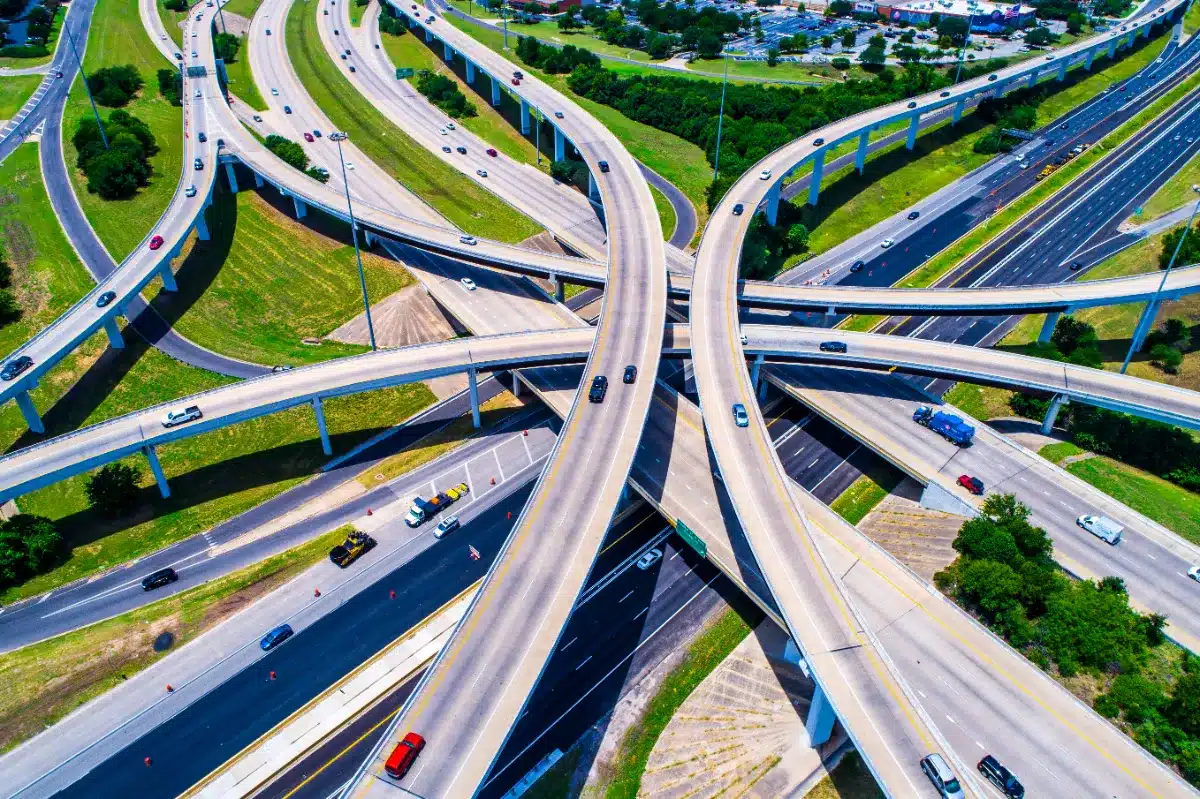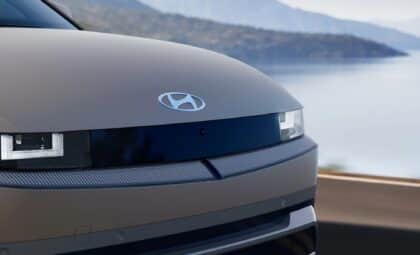When you’re behind the wheel of an electric car, the cost of charging really matters—it directly affects how far you can go on your budget. With more people switching to EVs, getting a handle on these numbers is pretty handy. This write-up digs into the different charging prices across various European countries and shows you what distance you could cover with a €50 charging budget.
What drives charging prices
Several factors play into how much you pay for electricity. Taxes, running costs for charging stations, and the type of electricity sources available in each country all come into play. Countries blessed with natural resources can often offer lower rates (thanks to cheaper production costs). But note that public charging stations sometimes charge up to three times more than what you’d pay at home. This means EV drivers really need to check local prices when mapping out a road trip.
Government incentives and policies also mix into the equation. Some countries back renewable energy with subsidies and tax breaks, lowering prices a bit, while others that rely on imported fossil fuels might see higher numbers because of shifting market rates.
How we did our research
To get a clear picture of these differences, we used data from the Alternative Fuels Observatory by the European Commission. We honed in on the average cost of charging a Tesla Model 3 at a 40 kW rapid charging station (using direct current). It’s worth noting that subscription fees weren’t thrown into the mix, so the focus stays on the straight-up energy cost.
By sticking to these standardized conditions, we could compare countries fairly—especially since rapid charging reflects the real-life need for quick top-ups when you’re on a long drive.
Breaking down costs and distances by country
The numbers show some pretty wide gaps in what €50 can get you on the road across Europe:
- In Iceland, with a rate of €2.89 per 100 km, drivers can cruise for an amazing 1,730 km.
- Portugal gives you 1,572 km at €3.18 per 100 km.
- Over in Finland, paying €4.63 per 100 km lands you at 1,080 km.
- The Czech Republic clocks in at 916 km for €5.46 per 100 km.
- Hungary lets you travel 856 km when it costs €5.84 per 100 km.
- In Poland, you’ll cover 744 km, shelling out €6.72 per 100 km.
- A trip in Spain adds up to just 703 km at €7.11 per 100 km.
- Ireland sees travel limited to 695 km, with €7.19 for each 100 km.
- France offers about 689 km at €7.26 per 100 km.
- In chilly Sweden, you only get about 648 km, costing around €7.72 per 100 km.
- Austria comes in at 640 km for €7.81 per 100 km.
- Switzerland is close behind at 630 km and €7.94 per 100 km.
- Over in Belgium, you’d travel 597 km at €8.37 per 100 km.
- Denmark shows 568 km for €8.81 per 100 km.
- In Croatia, it’s 565 km with costs of €8.85 per 100 km.
- Germany offers 560 km at €8.93 per 100 km.
- Italy gets you 548 km when the price hits €9.12 per 100 km.
- The Netherlands is similar, letting you travel 545 km for €9.17 per 100 km.
- And at the bottom, both Greece and Luxembourg top out at only 509 km.
Every single bit of data here shows just how different charging costs can be across Europe, especially when you’re working with a tight €50 budget.
What we noticed
Looking at the numbers, Iceland really stands out—offering amazing value in terms of travel distance for your money. On the other hand, places like Greece and Luxembourg offer much less range. This spread shows that if you’re planning an EV road trip, checking out local charging costs can make a big difference in your travel plans (and your wallet).
As electric cars become more common and new tech keeps pushing the industry forward, understanding these regional differences can help you plan smarter trips no matter where you’re headed. With this info at your fingertips, why not hit the road and see what adventures await powered by clean, sustainable energy?









